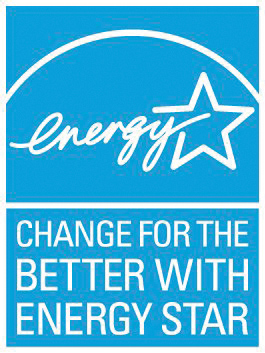Ramping Up Energy Performance In LTC
Proper installation of new equipment and diagnostic testing of existing systems can achieve surprising levels of energy efficiency, even in older buildings.
Clark Reed
3/1/2011
Imagine two buildings: One is brand new with all the latest energy-efficient windows, lighting, and insulation. The second building plods along using older technologies installed 20 years ago. Which one is more energy efficient? Surprisingly, older buildings can often win the race of delivering better energy performance than new ones. As impossible as it sounds, this happens time and again among buildings of every size.
Energy Consumption Monitored
The Environmental Protection Agency’s ENERGY STAR rating system, which was recently expanded to long term and post-acute care communities, gives a miles-per-gallon equivalent for buildings using a 100-point scale. A 50 is defined as a property that consumes an amount of energy equivalent to the industry average. Buildings that score higher are more energy efficient and use less energy.
 New building owners that install modern equipment should, in principle, receive higher scores. Some do, but the interesting story is why many don’t. While many building components today are 30 percent more energy efficient than 20 years ago, improvements don’t necessarily mean a better-performing building overall.
New building owners that install modern equipment should, in principle, receive higher scores. Some do, but the interesting story is why many don’t. While many building components today are 30 percent more energy efficient than 20 years ago, improvements don’t necessarily mean a better-performing building overall.
In a population of similar buildings, the energy intensity (the amount of energy used per square foot) varies by 200 to 400 percent, regardless of the technologies used, so a building built today may not automatically outperform one built 20 years ago.
There are many reasons why buildings might experience poor energy performance. Improper sizing of equipment, incorrect application of technology, underfunded operations departments, and insufficient training can all play a role in degrading expected energy performance.
Sometimes facility management lacks technical expertise or staff to perform diagnostic tests and repair problems. Whatever the cause, failing to maximize energy performance of existing systems can be costly.
ENERGY STAR scores will help determine if a property is operating efficiently.
Consider Recommissioning
If properties score below 50, and standard energy management procedures fail to improve performance, consider recommissioning. Recommissioning, or retrocommissioning, refers to the process of verifying that everything in a new building is installed correctly. Over time, as new equipment is installed to replace the old, incorrect installations can sometimes occur.
Recommissioning helps identify improper equipment performance and low-cost operational strategies for improving existing heating, ventilation, air conditioning (HVAC), controls, lighting, and electrical systems. It will require spending funds up front, but the payoff can be enormous. Energy savings range from 5 to 15 percent, according to a study on more than 40 tune-up projects.
Texas A&M University reports that nearly 80 percent of savings from recommissioning comes from optimizing building controls, while better operations and maintenance accounts for the remaining 20 percent.
Clark Reed is director of Healthcare Facilities Division for ENERGY STAR at the U.S. Environmental Protection Agency. He can be reached at reed.clark@epa.gov or (202) 343-9146.